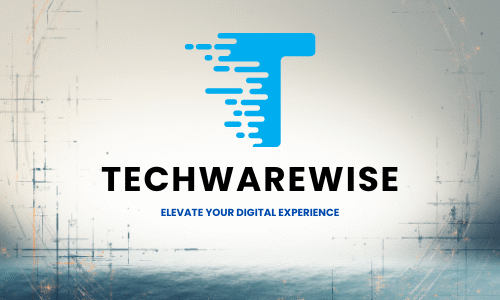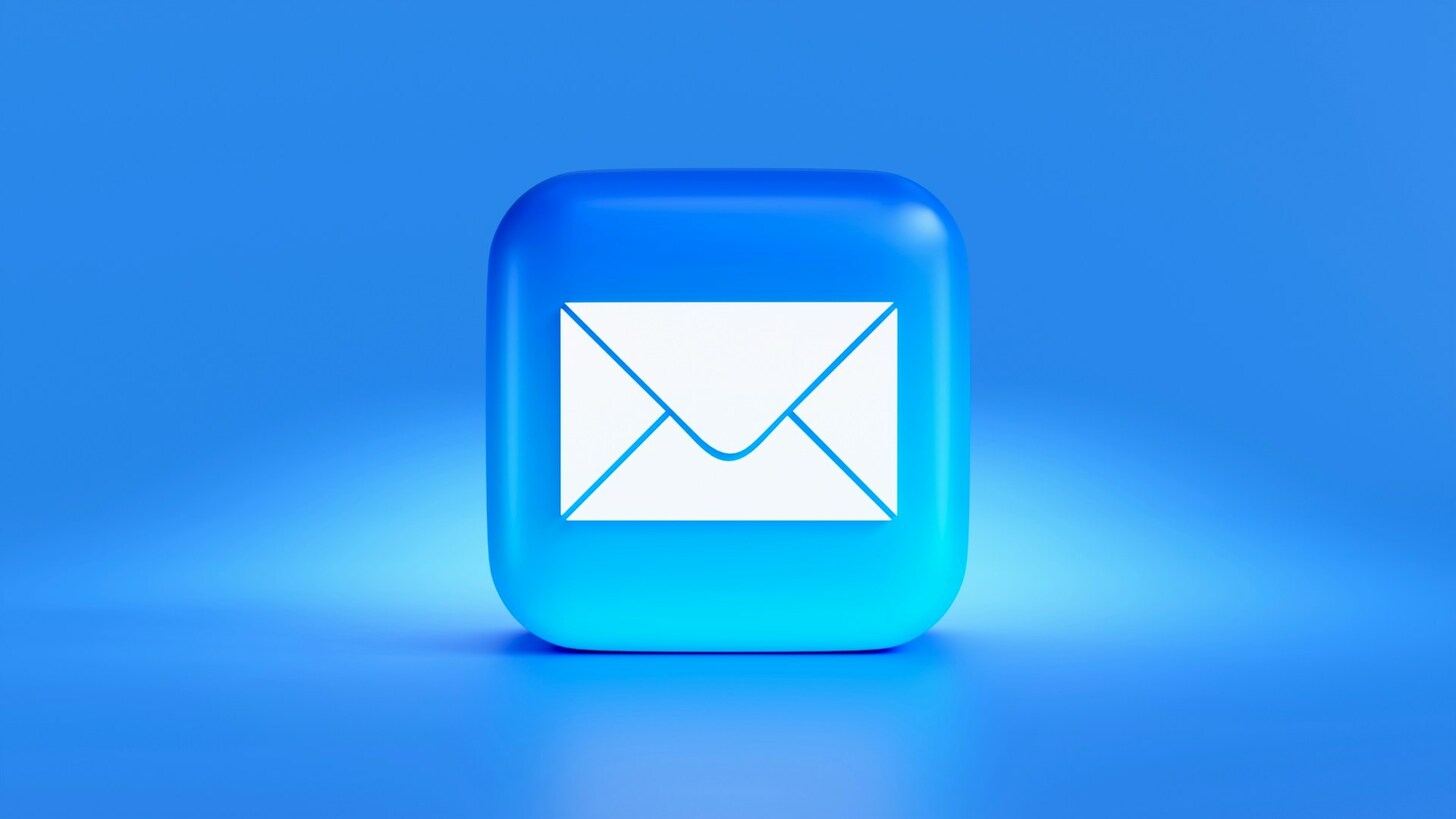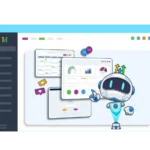The Evolution of Email Marketing in 2025
The email marketing landscape has undergone a significant transformation in recent years. Understanding these changes is crucial for businesses looking to stay competitive and maximize their marketing efforts.
Key Trends Shaping Email Marketing in 2025
The email marketing industry continues to evolve at a rapid rate, with several key trends defining the landscape in 2025:
- Hyper-personalization: Beyond basic name insertion, platforms now analyze behavioral patterns, purchase history, and engagement metrics to create truly individualized content.
- Interactive emails: AMP for Email and other technologies have made interactive elements like surveys, shopping carts, and appointment bookings directly within emails the new standard.
- Privacy-first approach: With stricter regulations and increased consumer awareness, platforms have developed sophisticated compliance tools and privacy-respecting targeting methods.
- Omnichannel integration: Email is now seamlessly connected with SMS, push notifications, social media, and other channels for cohesive customer journeys.
- Sustainability focus: Carbon-neutral email campaigns and reduced digital waste have become important considerations for environmentally conscious brands.
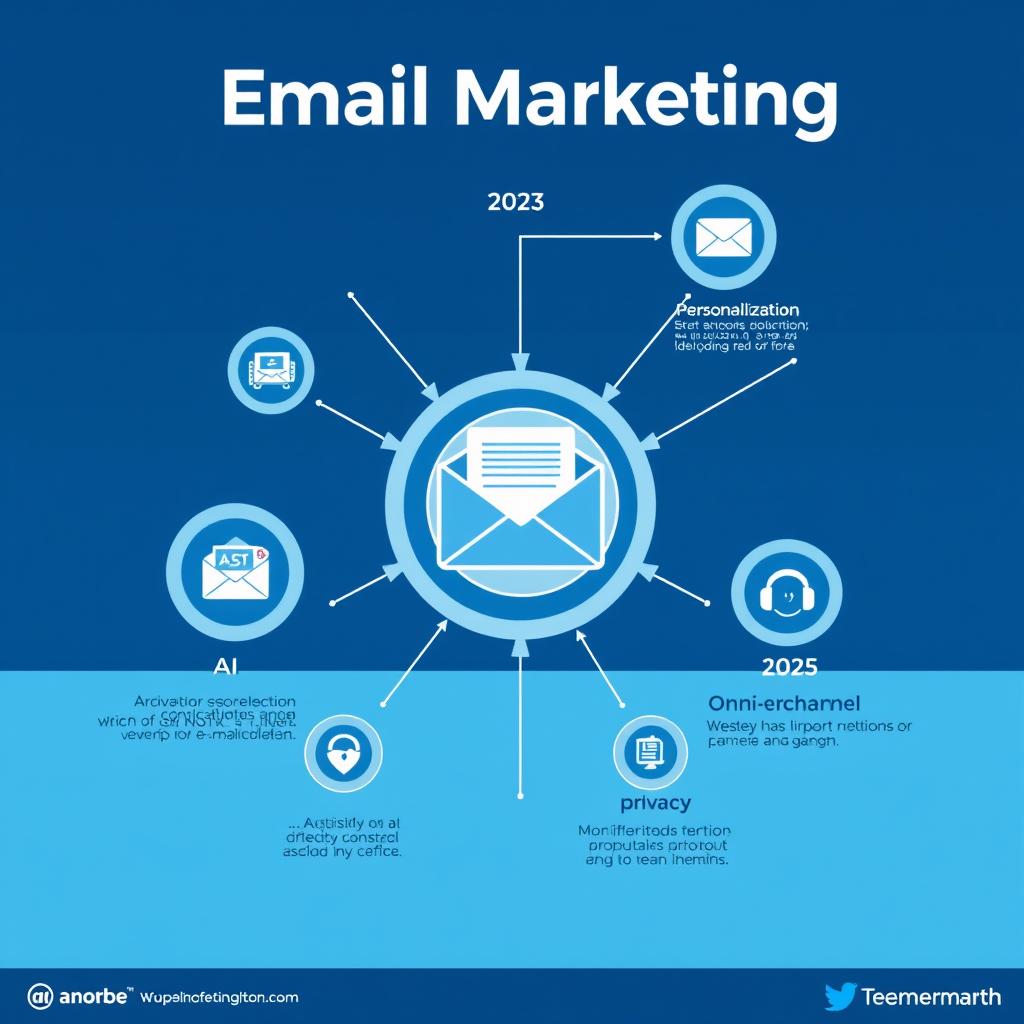
AI-Driven Personalization Advancements
Artificial intelligence has revolutionized how email marketers approach personalization. In 2025, AI capabilities have expanded beyond basic recommendations to include:

- Predictive content generation: AI now creates entire email campaigns based on your brand voice, previous successful content, and customer preferences.
- Emotional intelligence: Advanced sentiment analysis allows platforms to gauge and match the emotional tone most likely to resonate with each recipient.
- Dynamic timing optimization: Algorithms determine the precise moment each individual subscriber is most likely to engage with your email.
- Behavioral trigger sophistication: AI identifies complex patterns of behavior that indicate buying intent or churn risk, triggering appropriate email sequences.
- Multivariate testing at scale: Platforms can now test dozens of variables simultaneously, learning and optimizing in real-time rather than through manual A/B tests.
Predictive Analytics Integration
Predictive analytics has become a cornerstone of modern email marketing platforms, offering unprecedented insights into future customer behavior:
- Churn prediction: Identify at-risk customers before they unsubscribe, allowing for proactive retention campaigns.
- Lifetime value forecasting: Predict which customers will become your most valuable over time, allowing for more strategic resource allocation.
- Content performance prediction: Forecast how specific content elements will perform before sending, enabling pre-emptive optimization.
- Conversion probability scoring: Assign likelihood-to-convert scores to each subscriber, enabling more targeted approaches.
- Seasonal trend anticipation: Identify upcoming trends specific to your audience, allowing you to prepare relevant content in advance.
Stay Ahead of Email Marketing Trends
Want to learn how these emerging trends can be applied to your specific business? Our experts can provide personalized insights tailored to your industry and goals.
Top Email Marketing Platforms for 2025
With numerous options available, choosing the right email marketing platform can be challenging. We’ve analyzed the leading contenders to help you make an informed decision based on your specific business needs.

Comprehensive Platform Comparison
| Platform | Best For | AI Capabilities | Automation | Analytics | Starting Price | Free Plan |
| Mailchimp | SMBs with an e-commerce focus | Content generation, send-time optimization | Advanced with visual workflow builder | Comprehensive with e-commerce tracking | $13/month | Yes (2,000 emails, 500 contacts) |
| HubSpot | Integrated marketing suites | Content optimization, predictive lead scoring | Enterprise-grade workflows | Cross-channel attribution | $20/month | Yes (2,000 emails, limited features) |
| Aweber | Email Marketing Campaigns | Subject line optimization, basic personalization | Intuitive workflow builder | Good engagement metrics | $15/month | no |
| Klaviyo | E-commerce with advanced segmentation | Predictive analytics, customer journey mapping | Extensive pre-built flows | Detailed revenue attribution | $45/month | Yes (500 emails, 250 contacts) |
| MailerLite | Budget-conscious businesses | Basic content suggestions | Simple but effective | Essential metrics | $10/month | Yes (12,000 emails, 1,000 subscribers) |
| Omnisend | Multi-channel retail | Product recommendations, segmentation | Channel-integrated workflows | Sales performance focus | $16/month | Yes (500 emails, 250 contacts) |
| GetResponse | Webinar and event marketers | Newsletter creation, engagement prediction | Conversion funnels | Webinar performance metrics | $19/month | Yes (limited to 500 contacts) |
Emerging Niche Players
Beyond the established leaders, several specialized platforms have emerged to serve specific industry needs:
ConvertKit
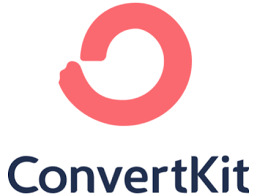
Best for: Content creators and digital product sellers
Standout features: Integrated product sales, creator network, simplified automation for non-technical users
Drip
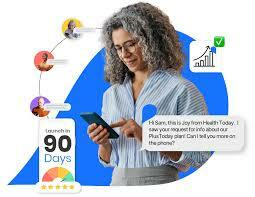
Best for: E-commerce businesses with complex customer journeys
Standout features: Advanced e-commerce segmentation, revenue attribution, pre-built playbooks
Flodesk

Best for: Design-conscious small businesses and creatives
Standout features: Beautiful templates, unlimited subscribers, intuitive design tools
Cost-Benefit Analysis for Different Business Sizes
Small Businesses (1-10 employees)
- Best options: MailerLite, Brevo, Flodesk
- Key benefits: Affordable pricing, intuitive interfaces, essential features
- ROI factors: Time savings from templates, basic automation to nurture leads
- Investment range: $0-25/month to start, scaling with subscriber growth
Enterprise (500+ employees)
- Best options: HubSpot, Salesforce Marketing Cloud, Adobe Marketo
- Key benefits: Advanced integration, enterprise security, dedicated support
- ROI factors: Cross-department alignment, complex automation, compliance
- Investment range: $1,000-10,000+/month based on needs and scale
Mid-Market (11-500 employees)
- Best options: Klaviyo, GetResponse, ActiveCampaign
- Key benefits: Scalable features, advanced automation, good analytics
- ROI factors: Improved segmentation, multi-channel capabilities, integration
- Investment range: $100-500/month for growing subscriber bases
Common Pitfalls to Avoid
- Choosing based on price alone without considering growth needs
- Overinvesting in features your team won’t utilize
- Underestimating the importance of deliverability rates
- Neglecting integration capabilities with existing systems
- Failing to consider the learning curve and adoption time
Find Your Perfect Email Marketing Platform
Not sure which platform is right for your business size and needs? Our experts can analyze your requirements and recommend the best solution.
Developing a Future-Proof Email Marketing Strategy for 2025
With the right platform selected, it’s time to develop a strategy that leverages the latest capabilities while remaining adaptable to future changes.
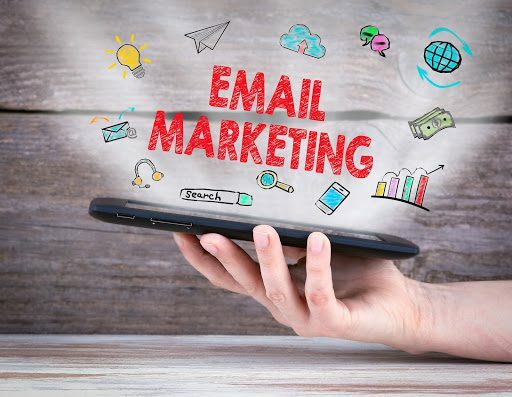
Future-Proof Campaign Structures
The most effective email campaigns in 2025 follow these structural principles:
Modular Content Architecture
Modern campaigns are built with modular components that can be dynamically assembled based on recipient data:
- Content blocks: Reusable modules that can be mixed and matched based on user preferences
- Dynamic fields: Beyond basic personalization to include conditional content sections
- Responsive design: Automatically adapting to any device or email client
- Progressive loading: Prioritizing critical content for immediate visibility
Behavioral Trigger Sequences
Sophisticated trigger-based sequences that respond to specific user actions:
- Multi-condition triggers: Activating based on combinations of behaviors
- Cross-channel awareness: Considering actions across touchpoints
- Adaptive pacing: Automatically adjusting frequency based on engagement
- Predictive next-best-action: Suggesting the optimal next step
Multi-Channel Integration Techniques
Email marketing no longer exists in isolation. Here’s how to effectively integrate it with other channels:
Email + SMS Integration
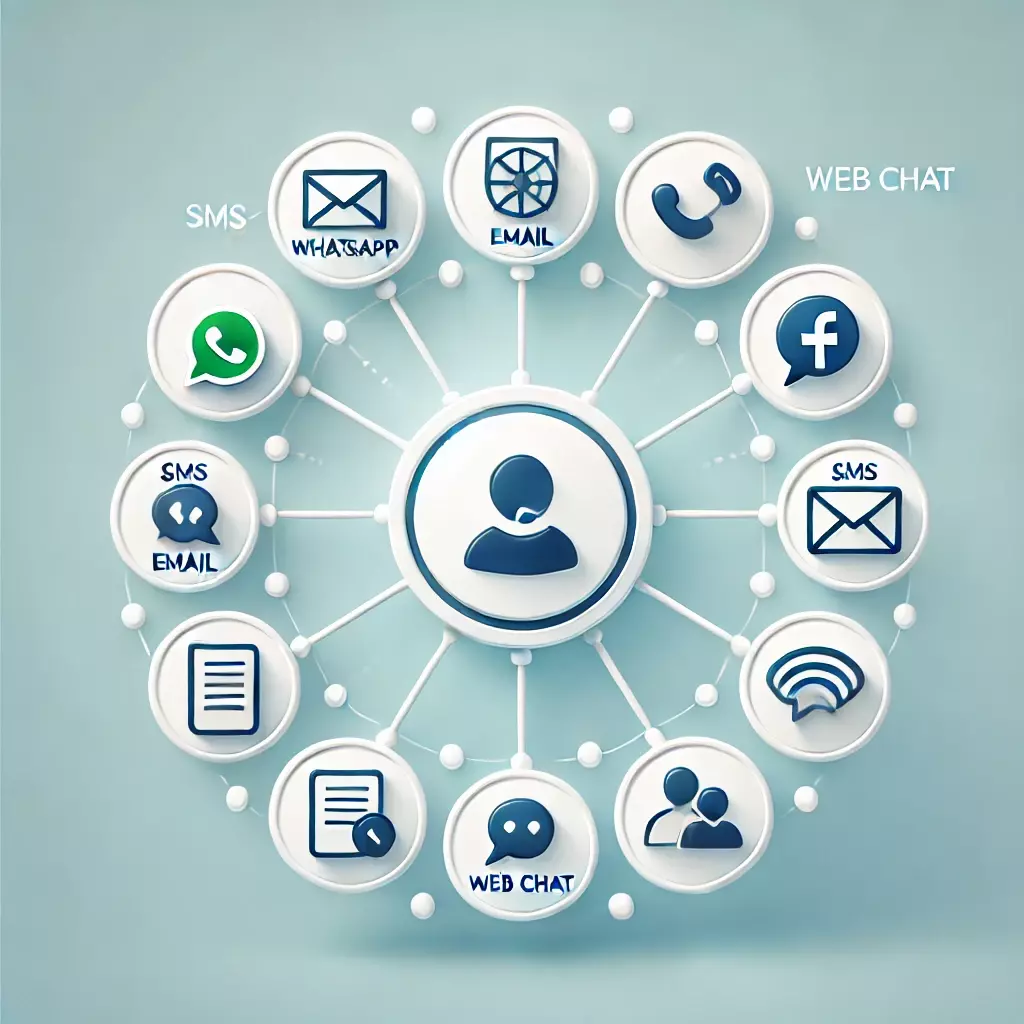
- Use SMS for time-sensitive notifications
- Follow up detailed emails with SMS reminders
- Implement cross-channel preference centers
- Coordinate messaging cadence across both channels
Email + Social Media

- Retarget email non-openers with social ads
- Use email to promote social-exclusive content
- Import social engagement data for email segmentation
- Create a cohesive visual identity across channels
Email + Web Personalization
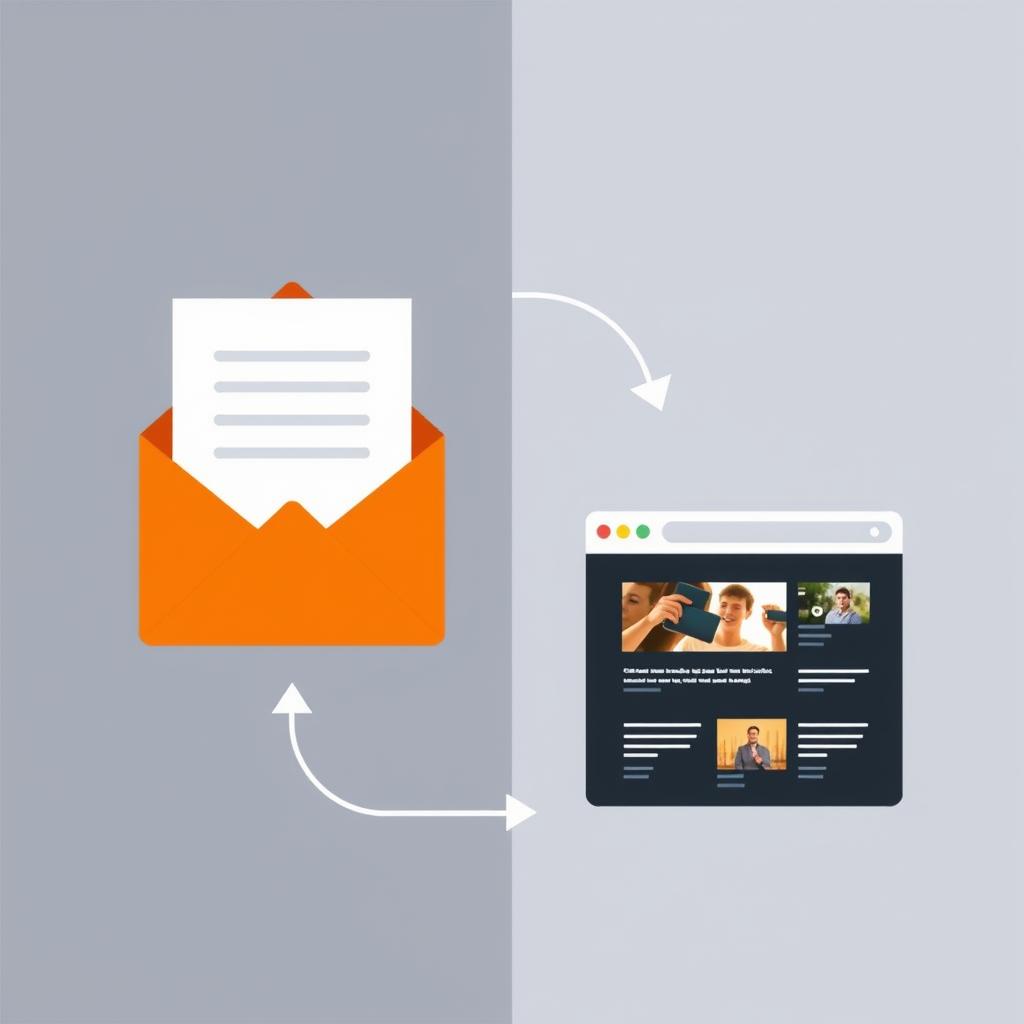
- Sync email click data with website content display
- Continue email journey themes on landing pages
- Use web behavior to trigger relevant emails
- Create consistent personalization across touchpoints
Compliance Updates (GDPR/CCPA 2025 Revisions)
Staying compliant with evolving privacy regulations is essential for email marketers in 2025:
Key 2025 Regulatory Updates
- GDPR Evolution: Enhanced consent requirements now mandate more specific permission for AI-based personalization techniques
- CCPA Expansion: New provisions require detailed disclosure of predictive analytics usage in marketing communications
- Global Privacy Alignment: Increasing harmonization of international regulations simplifies compliance for global marketers
- AI Transparency Rules: New requirements to disclose when content is AI-generated or when behavioral predictions influence messaging
- Data Minimization Enforcement: Stricter penalties for collecting data beyond stated marketing purposes
Compliance Checklist for 2025
- Update privacy policies to explicitly cover AI and predictive analytics usage
- Implement granular consent options for different types of personalization
- Create clear data retention schedules and automated purging processes
- Document all data processing activities with purpose limitations
- Conduct regular privacy impact assessments for new campaign techniques
- Provide enhanced data access portals for subscribers
- Maintain audit trails of consent and preference changes
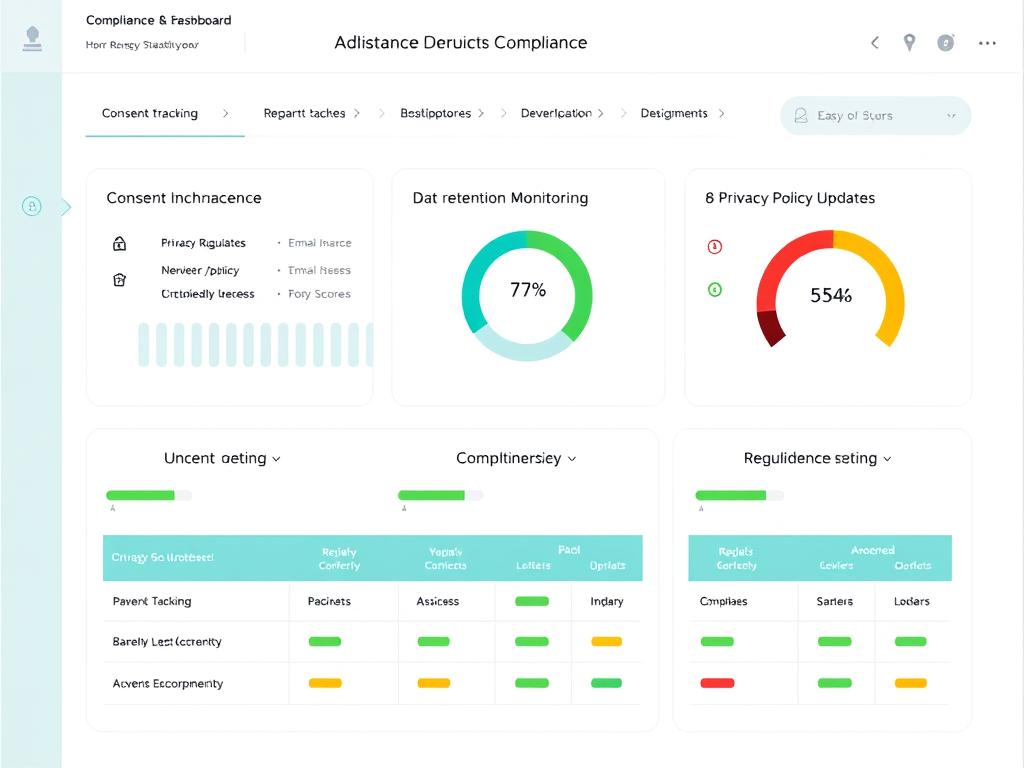
Conversion Optimization Strategies for Email Marketing in 2025
Maximizing conversions from your email campaigns requires leveraging the latest technologies and behavioral insights available in 2025.
Interactive Email Elements for 2025
Interactive elements have transformed static emails into engaging experiences that drive higher conversion rates:
In-Email Shopping

Allow customers to browse products, add to cart, and even complete purchases without leaving their inbox.
Conversion lift: 25-40% increase in purchase completion
Interactive Polls & Quizzes
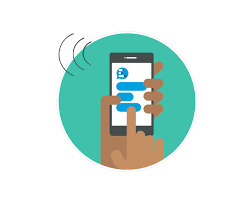
Engage subscribers with interactive questions that provide immediate feedback and personalized recommendations.
Conversion lift: 15-30% increase in click-through rates
Appointment Scheduling

Enable direct booking of meetings, consultations, or services directly within the email.
Conversion lift: 30-50% increase in booking completions
Behavioral Targeting Strategies
Advanced behavioral targeting has become significantly more sophisticated in 2025:
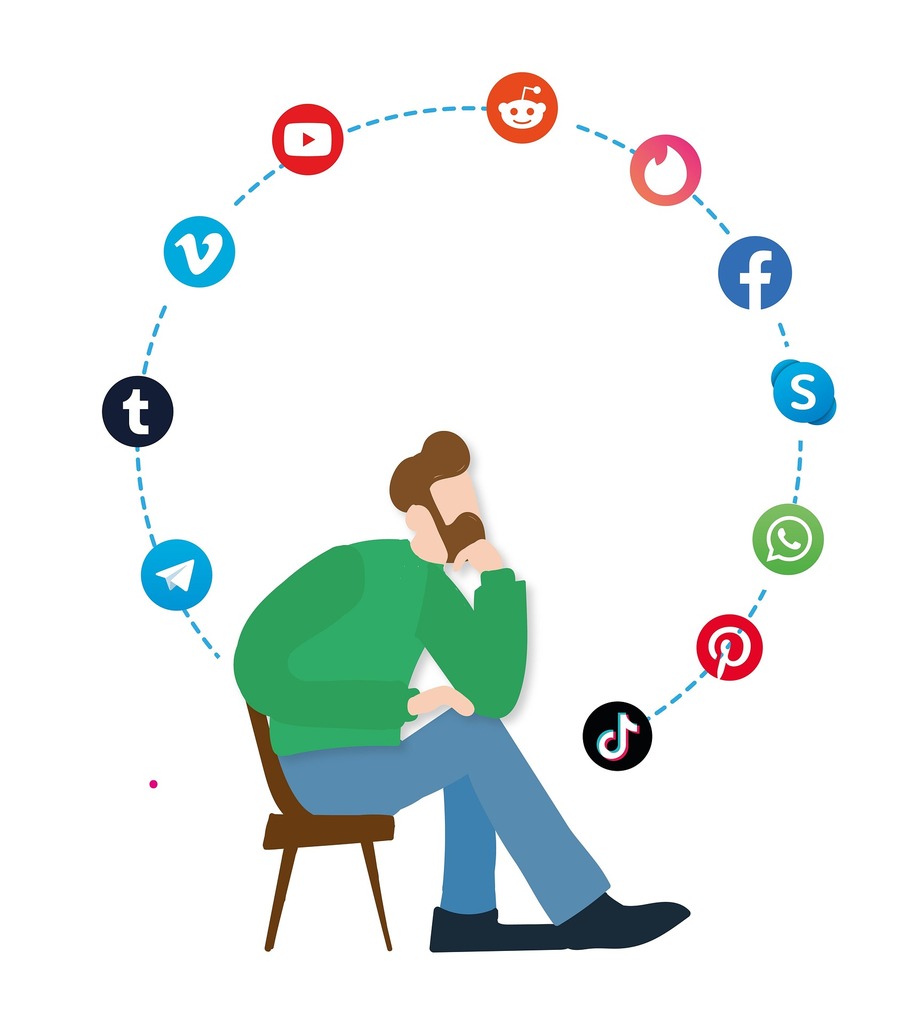
Micro-Moment Targeting
Identifying and capitalizing on precise moments of high purchase intent:
- Intent signal detection: Algorithms that identify subtle browsing patterns indicating purchase readiness
- Contextual awareness: Considering external factors like location, weather, and local events
- Emotional state analysis: Adapting messaging based on detected sentiment
- Competitive browsing patterns: Identifying when users are comparison shopping
Predictive Engagement Modeling
Using AI to forecast optimal engagement strategies:
- Engagement probability scoring: Predicting the likelihood of interaction with specific content
- Fatigue prevention: Automatically adjusting frequency to prevent burnout
- Content affinity mapping: Identifying which content types resonate with each user
- Conversion path optimization: Suggesting the most effective sequence of messages
ROI Measurement Frameworks
Sophisticated measurement frameworks now provide deeper insights into email marketing performance:
| Metric Category | Traditional Metrics (Pre-2025) | Advanced Metrics (2025) | Implementation Complexity | Business Impact |
| Engagement | Open rate, click rate, unsubscribe rate | Attention time, scroll depth, interaction score, and content affinity | Medium | High |
| Conversion | Conversion rate, revenue per email | Attribution modeling, incremental lift measurement, and micro-conversion tracking | High | Very High |
| Audience | List growth, segmentation performance | Engagement prediction, lifetime value projection, churn probability | High | High |
| Deliverability | Bounce rate, spam complaints | Inbox placement by provider, engagement-based deliverability scoring | Medium | Medium |
| Content | A/B test results, content block performance | Content effectiveness scoring, emotional response measurement, and fatigue analysis | Medium | High |
Maximize Your Email Marketing ROI
Want to implement these advanced conversion strategies for your business? AWeber has a great system that can help you develop a customized approach based on your specific goals and audience.
Case Studies: Email Marketing Success Stories in 2025
Learn from these real-world examples of businesses that have successfully leveraged the latest email marketing platform capabilities to achieve exceptional results.
Case Study 1: E-Commerce Personalization at Scale
Company: FashionForward
Industry: Apparel Retail
Challenge: FashionForward was struggling with generic email campaigns that yielded low engagement and conversion rates, despite having a large subscriber base of over 500,000 customers.
Solution: Implemented Klaviyo’s advanced AI personalization engine to create dynamically generated emails with:
- Individual product recommendations based on browsing history, past purchases, and style preferences
- Weather-based outfit suggestions using geolocation data
- Personalized timing based on each recipient’s historical open patterns
- Dynamic pricing displays showing personalized discounts based on loyalty tier
Results:
- 137% increase in email revenue contribution
- 42% improvement in click-through rates
- 28% reduction in unsubscribe rates
- 4.3x ROI on platform investment

“The level of personalization we’ve achieved would have required a team of 50 marketers working around the clock in previous years. Now our team of three can create deeply personalized experiences for each of our half-million customers.”
Case Study 2: B2B Lead Nurturing Transformation

“We’ve completely reimagined our approach to lead nurturing. Instead of pushing prospects through a linear funnel, we now adapt in real-time to their digital body language, resulting in significantly higher conversion rates and shorter sales cycles.”
Company: TechSolutions
Industry: Enterprise Software
Challenge: TechSolutions was experiencing long sales cycles (averaging 9 months) and low conversion rates from their traditional drip email campaigns.
Solution: Implemented HubSpot’s integrated marketing hub with:
- Behavior-based nurture paths that adapt based on content consumption
- Integrate intent data to identify accounts actively researching solutions
- Coordinated multi-channel touches (email, LinkedIn, retargeting)
- Sales team alerts for high-intent behaviors with recommended next actions
- Personalized case studies and ROI calculators based on industry and company size
Results:
- Sales cycle reduced by 40% (from 9 months to 5.5 months)
- 68% increase in marketing qualified leads
- 52% improvement in lead-to-opportunity conversion
- 3.2x increase in attributed pipeline value
Case Study 3: Subscription Retention Strategy
Company: NutriBox
Industry: Subscription Meal Kits
Challenge: NutriBox was facing high churn rates (22% monthly) and struggling to identify at-risk subscribers before they cancelled.
Solution: Implemented Brevo’s predictive analytics and automation platform to:
- Create an AI-powered churn prediction model that identifies at-risk subscribers
- Develop targeted re-engagement campaigns based on specific risk factors
- Implement preference centers allowing subscribers to pause rather than cancel
- Create personalized recipe recommendations based on dietary preferences and past feedback
- Develop a loyalty-building content series highlighting nutritional benefits and success stories
Results:
- Reduced monthly churn from 22% to 8.5%
- Increased average customer lifetime value by 67%
- 40% of potential cancellations converted to pauses instead
- 35% increase in referral program participation
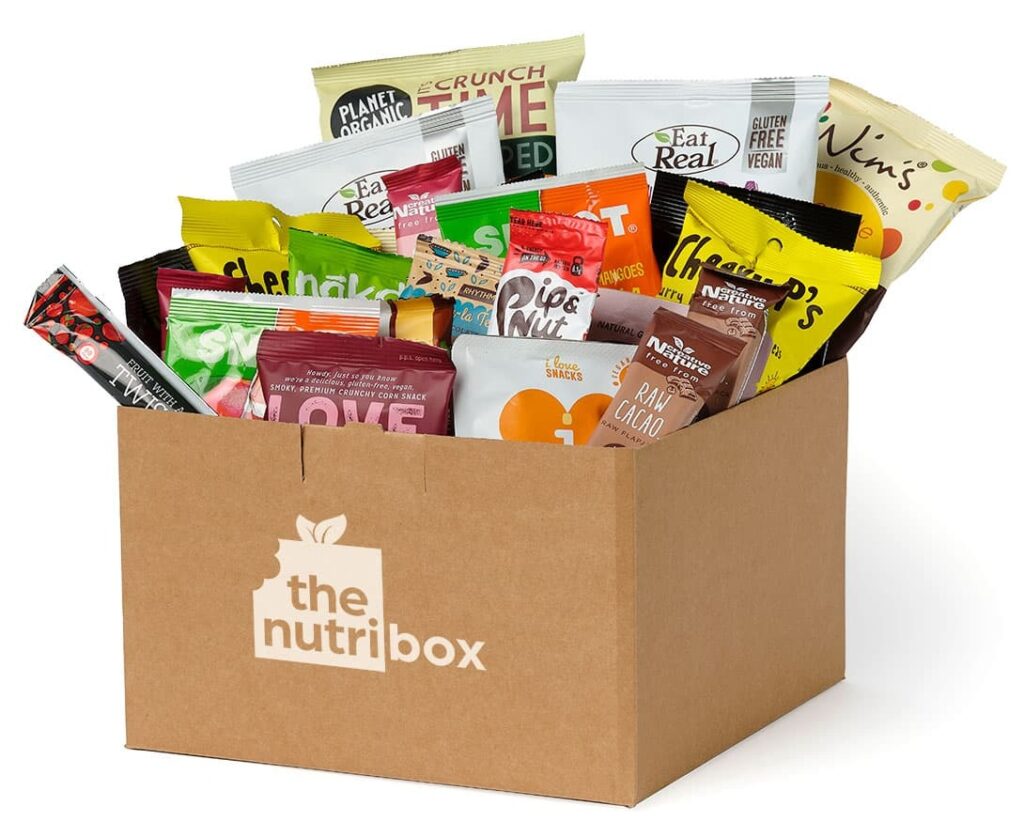
“The ability to predict which customers were likely to cancel before they showed obvious signs of disengagement has been transformative. We’re now able to address specific concerns and offer relevant alternatives that keep subscribers in our ecosystem.”
Lessons from Failed Campaigns with Recovery Strategies
Common Failure Patterns in 2025
Even with advanced technology, email campaigns can still fail. Here are the most common pitfalls and how to recover from them:
Failure: AI Personalization Overreach
Symptoms: Creepy messaging that reveals too much known data about recipients, triggering privacy concerns and unsubscribes.
Recovery Strategy:
- Implement transparency about data usage and personalization
- Create preference centers with granular personalization controls
- Focus on helpful recommendations rather than demonstrating data knowledge
- Send a transparent apology campaign acknowledging the misstep
Failure: Channel Overwhelm
Symptoms: Decreased engagement across all channels due to excessive messaging frequency and lack of coordination.
Recovery Strategy:
- Implement cross-channel frequency capping
- Create unified communication calendars
- Develop channel preference centers
- Offer a “communication reset” option to subscribers
Failure: Technology Without Strategy
Symptoms: Low ROI despite investment in advanced platforms due to lack of strategic direction and clear objectives.
Recovery Strategy:
- Conduct a strategic audit to align technology with business goals
- Develop clear KPIs for each campaign type
- Create a phased implementation plan for advanced features
- Invest in team training on strategic platform usage
Failure: Data Silos
Symptoms: Inconsistent customer experiences due to fragmented data across systems.
Recovery Strategy:
- Implement a customer data platform (CDP) to unify data
- Create data governance standards across departments
- Develop a single customer view accessible to all systems
- Establish regular data quality audits
Mobile-First Email Design Principles for 2025
With over 75% of emails now opened on mobile devices, designing for mobile-first experiences is no longer optional—it’s essential for success.

Key Mobile Design Principles
- Progressive Enhancement: Design for the smallest screen first, then enhance for larger displays
- Touch-Optimized Elements: Buttons and interactive elements sized for fingertip interaction (minimum 44x44px)
- Content Prioritization: Critical information and CTAs are visible without scrolling
- Simplified Navigation: Clear, minimal navigation optimized for vertical scrolling
- Adaptive Content: Content that adjusts based on screen size and orientation
- Performance Optimization: Fast-loading emails with optimized images and code
- Dark Mode Compatibility: Designs that work seamlessly in light and dark environments
Advanced Mobile Techniques for 2025
Gesture-Based Interactions
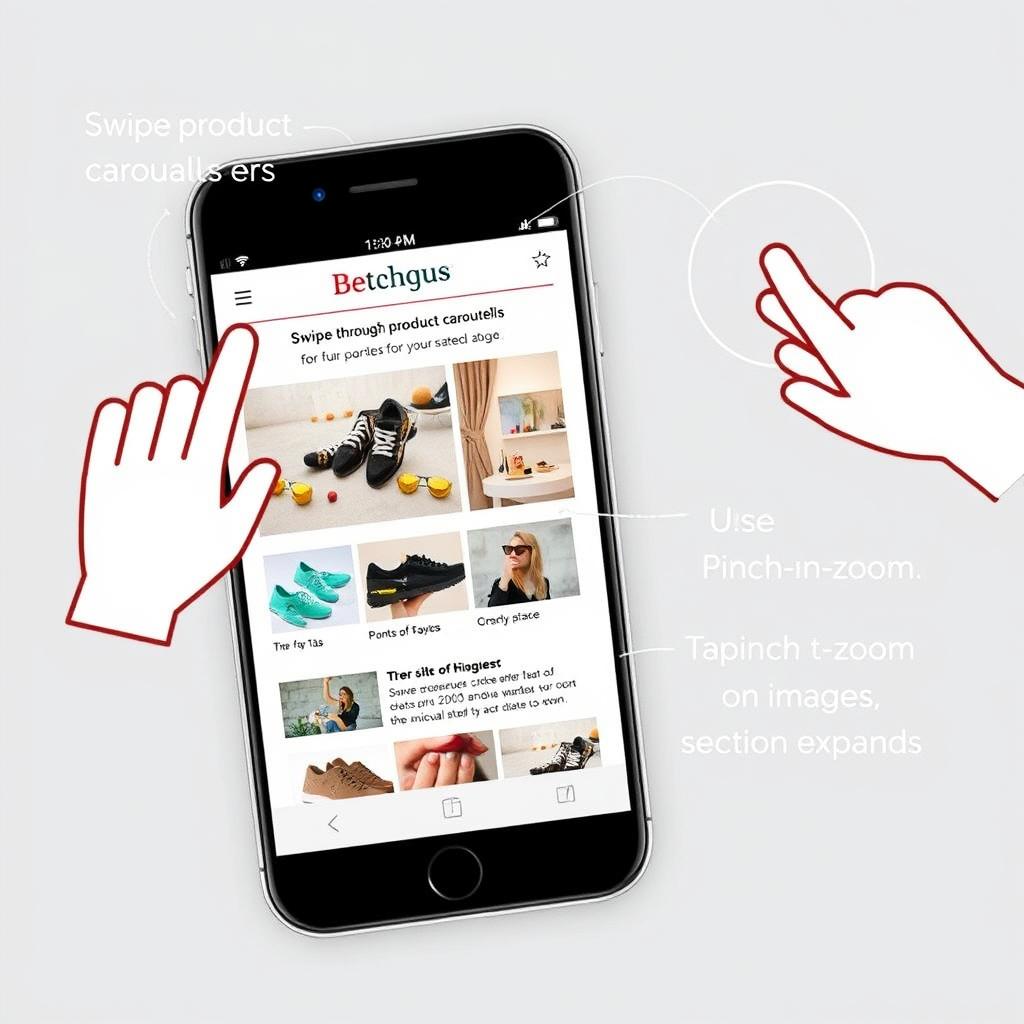
Implement swipe, tap, and pinch interactions that feel native to mobile devices:
- Swipeable product carousels
- Expandable content sections
- Pull-to-refresh for live content updates
- Haptic feedback for interactive elements
Device-Aware Content

Deliver content optimized for the specific device and context:
- OS-specific design elements
- Time-of-day content adaptation
- Location-aware content blocks
- Battery-state considerations
Accessibility Enhancements

Ensure emails are usable by all recipients:
- Voice control compatibility
- Screen reader optimization
- Dynamic text sizing
- Reduced motion options
- Color contrast compliance
Future Predictions: Email Marketing Beyond 2025
Industry experts share their insights on where email marketing is headed in the coming years and how businesses can prepare today.

“By 2027, we’ll see email evolve into an ambient communication channel that adapts not just to preferences, but to emotional states and contextual needs. The line between email marketing and personal AI assistants will blur as messages become increasingly conversational and predictive.”

“The next frontier is truly autonomous email marketing, where AI systems not only optimize existing campaigns but conceptualize and execute entire strategies with minimal human input. Companies that build the right guardrails and oversight mechanisms today will be best positioned to leverage this capability.”

“Privacy regulations will continue to evolve toward a global standard that emphasizes transparency and meaningful consent. Email marketers who build trust through ethical data practices now will have a significant competitive advantage as regulations tighten further.”
Emerging Technologies to Watch
Augmented Reality in Email
AR elements embedded directly in emails are beginning to emerge, allowing recipients to:
- Visualize products in their own environment before purchasing
- Try on virtual clothing or accessories
- Interact with 3D product demonstrations
- Experience immersive branded content
Voice-Activated Email Engagement
As voice assistants become more sophisticated, email marketing is adapting with:
- Voice-optimized content structures
- Audio-responsive elements
- Voice-command shopping capabilities
- Spoken response options
Blockchain for Email Authentication
Blockchain technology is beginning to address persistent email challenges:
- Enhanced sender verification to combat phishing
- Transparent consent management
- Verifiable delivery and engagement tracking
- Incentivized engagement through tokenization
Neuromorphic Personalization
Advanced AI systems modeled on neural networks are enabling:
- Content generation that adapts to cognitive processing styles
- Emotional intelligence that matches the tone to recipient’s state
- Learning systems that improve with each interaction
- Predictive content that anticipates needs before they’re expressed
Preparing for the Future Today
While these technologies are still emerging, forward-thinking marketers can prepare by:
- Investing in clean, structured data collection and management
- Developing strong first-party data strategies as third-party data becomes less available
- Building flexible content models that can adapt to new formats and channels
- Creating governance frameworks for ethical AI usage
- Experimenting with emerging technologies in small-scale pilot programs
- Developing cross-functional teams that blend marketing, data science, and engineering skills
Implementation Checklist: Getting Started with Advanced Email Marketing
Use this actionable checklist to implement a sophisticated email marketing strategy using the platforms and techniques discussed in this guide.
Platform Selection & Setup
- Assess your needs
- Define your primary email marketing goals
- Identify required features and integrations
- Determine budget constraints
- Consider team capabilities and resources
- Evaluate platforms
- Request demos from top contenders
- Test free trials with actual campaigns
- Check the deliverability reputation
- Review security and compliance features
- Implementation
- Migrate existing lists and content
- Set up authentication (DKIM, SPF, DMARC)
- Configure integration with other systems
- Establish user roles and permissions
Campaign Development
- Audience segmentation
- Create behavioral segments
- Develop engagement-based segments
- Implement predictive segments
- Set up dynamic segment updates
- Content strategy
- Develop modular content blocks
- Create personalization frameworks
- Build mobile-first templates
- Implement content testing protocols
- Automation setup
- Map customer journeys
- Build trigger-based workflows
- Implement behavioral response paths
- Create re-engagement sequences
Optimization & Analytics
- Testing framework
- Establish testing hypotheses
- Implement A/B/n testing protocols
- Set up multivariate testing
- Create testing calendar
- Analytics setup
- Define KPIs for each campaign type
- Implement tracking parameters
- Set up custom reporting dashboards
- Configure attribution models
- Continuous improvement
- Schedule regular performance reviews
- Implement learning documentation
- Create an optimization roadmap
- Develop competitive benchmarking
Compliance & Deliverability
- Privacy compliance
- Update privacy policies
- Implement consent management
- Create data retention protocols
- Document compliance procedures
- Deliverability optimization
- Set up deliverability monitoring
- Implement list hygiene processes
- Create engagement-based sending rules
- Develop IP warming protocols
- Security measures
- Implement access controls
- Set up two-factor authentication
- Create data breach response plan
- Schedule security audits
Ready to Transform Your Email Marketing?
Our team of email marketing experts can help you implement these strategies and select the perfect platform for your business needs. Get personalized recommendations and a customized implementation plan.
Conclusion: The Future of Email Marketing is Now
Email marketing continues to evolve at a rapid pace, with 2025 bringing unprecedented capabilities for personalization, automation, and integration. The platforms highlighted in this guide represent the cutting edge of what’s possible, offering businesses of all sizes the tools to create more engaging, relevant, and effective email campaigns.
By embracing these advanced platforms and implementing the strategies outlined in this guide, you can position your business for success in an increasingly competitive digital landscape. Remember that the most successful email marketing programs combine technological sophistication with human creativity and strategic thinking.
As you evaluate your options and plan your approach, focus on selecting a platform that not only meets your current needs but can grow with your business and adapt to the continuing evolution of email marketing. The investment you make today in the right platform and strategy will pay dividends in stronger customer relationships and improved business results for years to come.
Need Personalized Platform Recommendations?
Let our experts analyze your specific business needs and recommend the perfect email marketing platform for your goals, budget, and technical requirements.
Affiliate Disclosure
This website/blog/content contains affiliate links. This means if you click on one of these links and make a purchase, I may receive a small commission at no additional cost to you.
I only recommend products and services that I genuinely believe in and have personally used or thoroughly researched. While I do receive compensation for these recommendations, my opinions remain honest and unbiased.
The commissions earned help support this website and allow me to continue providing valuable content. I appreciate your support when you use these links, but you are never obligated to make purchases through them.
Please note that prices of products or services may vary, and I have no control over these prices or the availability of items. All recommendations are made based on my assessment at the time of posting.
Thank you for your understanding and support.
